
Showing all 7 books

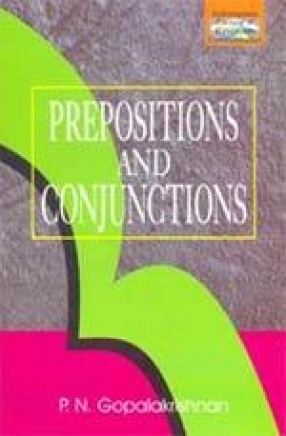
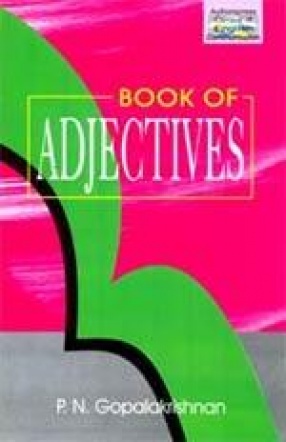
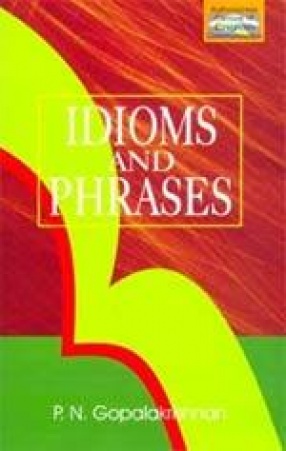
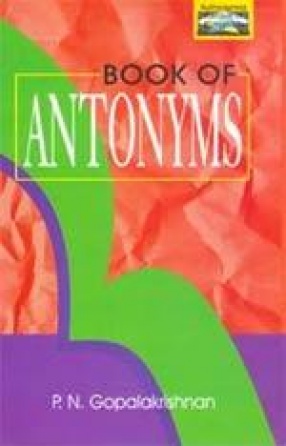
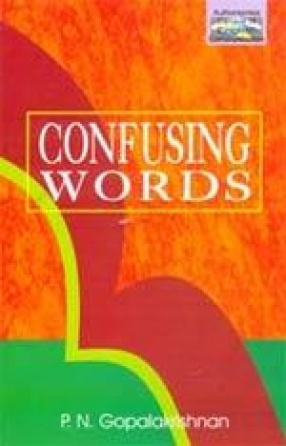
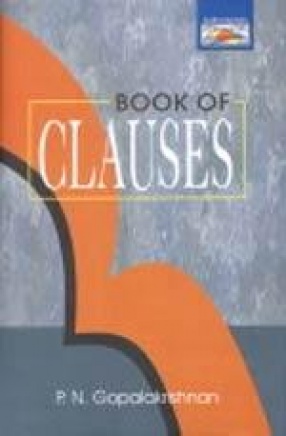

An Adverb is a part of speech that usually serves to modify verbs, adjectives, other adverbs, clauses, and sentences. Adverbs typically answer such questions as how?, When?, where?, in what way?, or how often? This function, and though typically taken up by adverbs, adverbials may also be realized by other forms, such as adverbial phrases or an adverbial clauses or other types of phrase or word that are not members of the adverb class. This book focuses on ...

A Preposition is a type of adoption, a grammatical particle that establishes a relationship between an object (usually a noun phrase) and some other part of the sentence often expressing a location in place or time. While a conjunction is a part of speech that connects two words, phrases, or clauses together. The purpose of this book is very simple: to help you understand all about prepositions and conjunctions quickly, easily and thoroughly. Each chapter gives ...

An adjective is a part of speech which modifies a noun, usually making its meaning more specific. Adjectives are used in a predicative or attributive manner. In some languages, attributive adjectives precede the noun. This is the case in the Germanic languages, to which the English language belongs. In other languages, e.g. the Roman languages, the adjective follows the noun. However, adjective is not a universal word class; in other words, some languages do not ...

English language has been enriched in its growth by the addition of a very considerable Romance or Latin element, and by a small proportion of words from miscellaneous sources. Hence it’s copiousness of vocabulary and its great power of expressing distinctions of meaning. It is particularly rich in idiomatic expressions, including peculiar uses of particular words, and also particular phrases or turns of expression which, from long usage, have become ...

Antonyms are word pairs that are opposite in meaning, such as hot and cold, fat and thin, and up and down. Words may have different antonyms, depending on the meaning. Both long and tall are antonyms of short. The variety of antonyms give writers and speakers great scope for effective expression. It also enables writers and speakers to avoid ambiguity. The purpose of this book is very simple: to help you understand all about antonyms quickly, easily and ...

English is a practical language which is now spoken by people from many more countries than it was before. It has taken in words from just about every language. In the process, there are now so many words that sound alike but have different meanings, or spelt the same way but with different meanings. The study of such words many often confuse people by the subtlety of the difference in their meaning. This books lists all those words in pairs which could help you ...

As speakers, we create comprehensible clauses spontaneously and automatically. Written language can have a greater complexity of clauses than speech within sentences. This is because writing can be considered by the reader at any time and at any speed. Speech, on the other hand, must be taken in immediately by the listener. The term 'clause' belongs to the discipline of descriptive grammar. This approach is very traditional and has been taught in grammar schools ...
